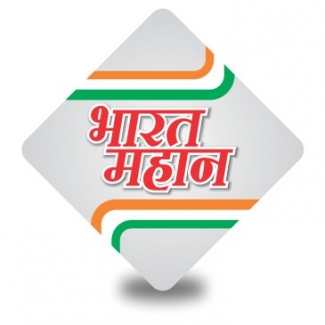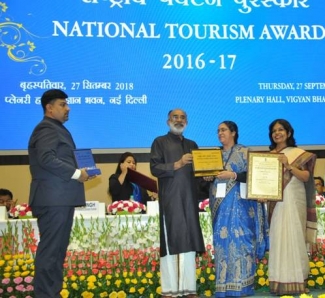
UNTIL A year ago, Santosh Thakur would take his sacks and crates of peas, tomatoes, capsicum, beans, cauliflower and ginger to the Agriculture Produce Market Committee (APMC) in Solan Mandi, 46 km south of Shimla, and watch as commission agents, or arthiyas, called for bids and sealed them on his behalf.
The ex-serviceman says he was never happy with the price he got, and that he knew the agents made underhand deals with buyers but could do little about it. “That’s how these mandis have always operated. The agents charge a commission of 4 per cent from us and another 7 per cent from buyers,” says Thakur, 53, sitting in his vegetable shop 12 km from his home in Chausha village on the Shimla-Parwanoo stretch of NH 22.
That changed, however, when the markets of Solan and Shimla became part of the National Agriculture Market (e-NAM) project, a flagship pan-India electronic trading portal for agricultural produce launched by the central government in April 2016. Today, Thakur can log in to the e-NAM website, access real-time wholesale rates across the country and choose his buyer, completely bypassing the agents.
Within a year of the e-NAM launch, the agriculture produce marketing committee at the mandi has enrolled over 4000 farmers, 423 traders, 92 agents.
Read more of this excellent report on how the farmers are really getting benefited by this programme of the government. This also shows that just giving doles, subsidies etc. will not help the farmer really, it is such initiatives that will raise the income of farmers in the long run. This detailed report by Ashwani Sharma in Indian Express will surely let the farmers of other regions too to know of such government initiatives. Government should also promote this programme with more vigour.










